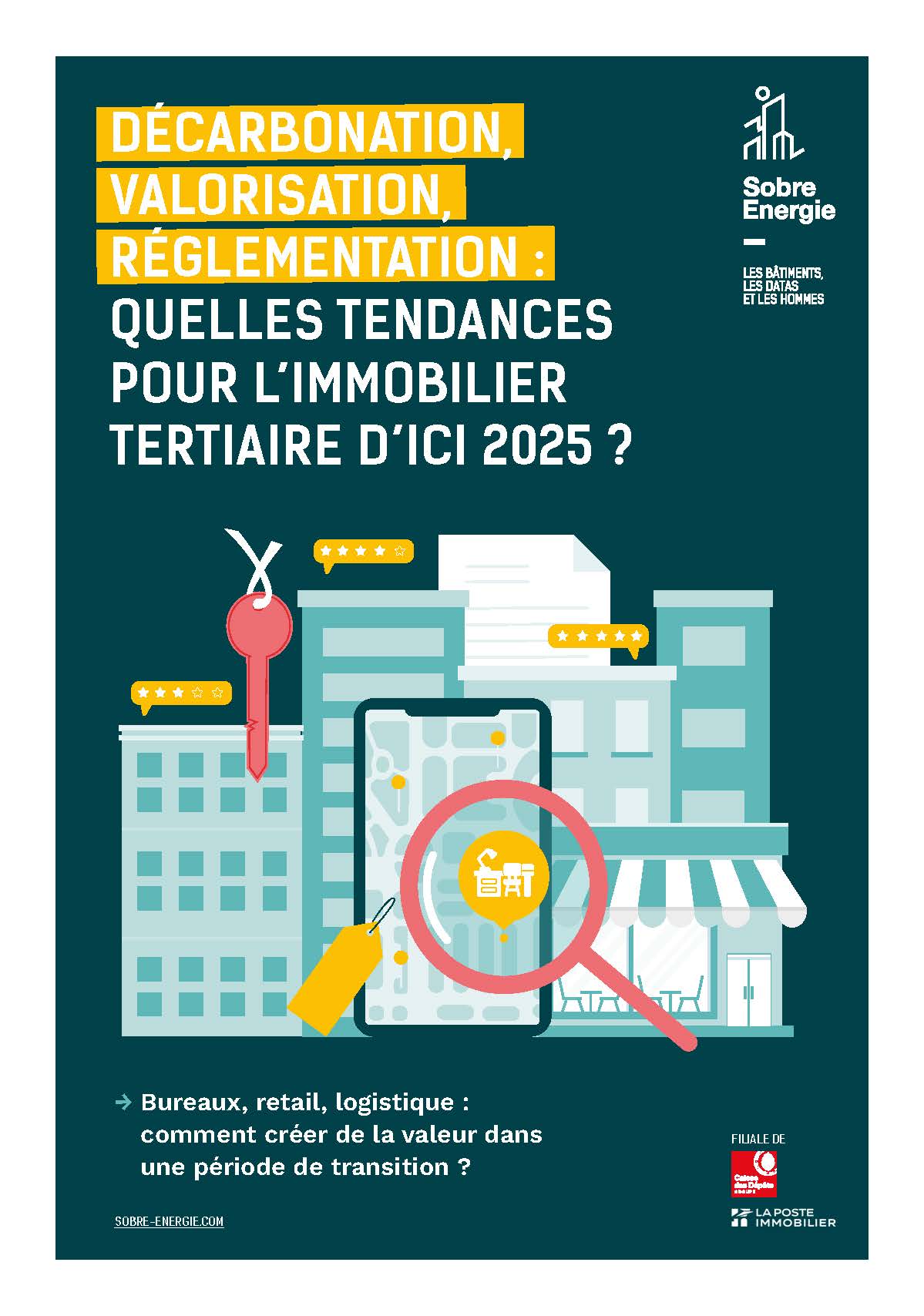Within the framework of the “Fit for 55” package of the European Union (EU), the European Commission hired in 2021 the revision of a dozen directives to accelerate the energy transition .
Objective: achieve -55% Greenhouse Gas (GHG) emissions by 2030, compared to 1990.
The new directive on the energy performance of buildings (EPBD) just been adopted by the EU council.
What are the key measures to accelerate the decarbonization of buildings? In what form will it be transposed into French law? What does it change compared to French regulations already in force such as the Tertiary Decree and the APER law?
Decryption.
Building, a priority sector in Europe
The entire sector, residential and tertiary, represents a very strong challenge in achieving carbon neutrality by 2050 in Europe:
- 42% of final energy consumption
- 1/3 of GHG emissions
- 24 billion m2, 85% built before the year 2000
- 75% of these buildings have “low energy performance”
Faced with this observation, the European Union has set itself several objectives for 2030:
Double the number of thermal renovations (first the least efficient 16% in residential and tertiary sectors by 2030, then 22% in 2035)
Reduce GHG emissions from buildings by 60%
Reduce final energy consumption in the sector by 14%
Article 9 of the directive thus provides for minimum energy performance standards for tertiary buildings and a gradual renovation trajectory for the residential stock. Ultimately, the objective is to achieve a ZEB: Zero Emission Building level. By 2030 for new buildings, then by 2050 for the existing stock. Which implies a move away from fossil fuels such as gas boilers by 2040.
France has 2 years, until 2026, to transpose this new energy performance directive for buildings into French law. In what form?
For new buildings, France already has the RE2020 environmental regulation which takes into account the energy and environmental performance of a new construction, which must now be BEPOS: positive energy building.
Towards a hardened Tertiary Decree?
For the existing tertiary sector, the directive provides that each building has a renovation passport, attesting to its level of performance:
- Current consumption level in kWh/m2
- Roadmap of planned work with scenarios and estimates of associated reductions in kWh, CO2 and euros
- Financing opportunities available
- Performance class achieved post-work
- Share of self-consumption of renewable energies (ENR) post-renovation
- Possibility of connection to an efficient heating network
The form that this renovation passport will take is not yet known, but an energy audit report, as proposed by Sobre Energie, will undoubtedly be necessary to establish it because it contains:
- The state of play of current consumption/emissions
- Scenarios to prioritize investments based on the reduction trajectory set by the Tertiary Decree
- Highlighting financing that can be mobilized for the work (CEE, green loans, intracting advance, etc.)
- Energy and climate labels
According to the directive, the least efficient 16% of the tertiary stock will have to be renovated by 2030. French legislation already has the Tertiary Decree which concerns buildings of more than 1000m2 . To renovate the least efficient 16%, it may be necessary to lower this threshold and also set objectives for these sites to reduce their energy consumption and decarbonize.
Decarbonize by accelerating ENR
Same predictable tightening around renewable energies:
the directive provides for the obligation to install photovoltaic roofs on new tertiary buildings with more than 250m2 floor area by 2027.
However, currently in France, the recent APER law of 2023 sets the threshold at more than 500m2 of footprint.
For the existing tertiary sector, the threshold must also be lowered by 2031: on this date, the new directive will require buildings with a floor area of more than 250m2 to be equipped with solar roofing.
French law currently provides for such an obligation but under more flexible conditions: a threshold of +500m2 “only” of footprint.
